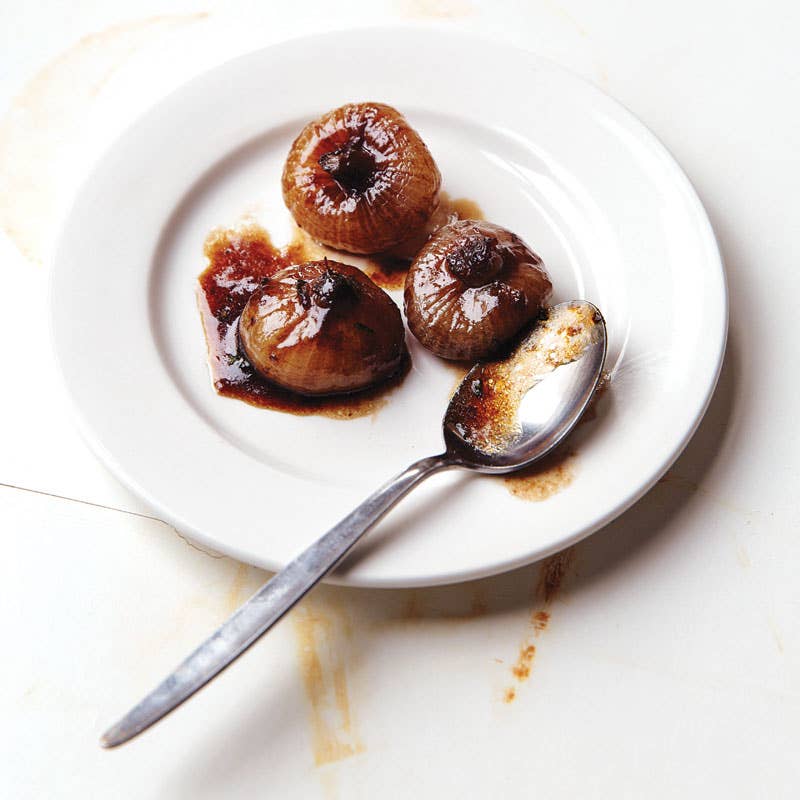
20 Years of SAVEUR: The Old Stoves of North Beach
In honor of the 20th anniversary of SAVEUR, we asked some of the people who taught us the most to each peruse a year’s worth of issues and to reflect on them. Here, Jonathan Gold on a story from our September/October 1994 issue.
SAVEUR crept into the food world pretty quietly in 1994, anticipated less as a major new voice than as “that thing” founding editors Colman Andrews and Dorothy Kalins had been working on. The magazine was handsome, that was clear enough, and the front pages were cluttered with tiny pieces by luminaries on pet topics—Marion Cunningham on iceberg lettuce; Ruth Reichl on Lulu Peyraud; Sheila Lukins on Russian tea.
That year, we were somehow all aware of the difference between cinnamon and cassia, the wines of California's Central Coast, and the seven famous moles of Oaxaca. (I certainly glanced at the issue that summer when I was reviewing Los Angeles's Guelaguetza, the first important Oaxacan restaurant to open in the United States.) But in its first year, SAVEUR may have been a magazine more frequently referred to than actually read.
I think the tone of the magazine was set by an article in the September/October 1994 issue, The Old Stoves of North Beach, by cooking-school teacher Peggy Knickerbocker (who also wrote that Oaxaca story), which established a lot of the tropes for which SAVEUR would become known.
The story covered a corner of San Francisco's old-fashioned Italian cuisine that pretty much everybody had considered cliché by the mid-1960s, and it concentrated on home cooking, with dishes like cipolline in agrodolce, or sweet and sour cipolline onions, instead of dishes reinterpreted by glamorous chefs. The ingredients were plain. The cooks were in their 70s and 80s (SAVEUR has always been interested in grandmothers). The photographs were glowing but informal, and they were taken in extremely modest apartment kitchens.
Most important, the story seemed to be less about food than about cooking, and the people who cooked, and the context in which the food was cooked—an experience unavailable to you as a tourist but almost inescapable, one assumes, if you happened to be related to one of the “Old Stoves,” which was how the neighborhood's famous home cooks apparently referred to one another. SAVEUR wasn't selling you anything—it was inviting you into a world.
_Jonathan Gold is a restaurant critic for the_Los Angeles Times.
Keep Reading
Continue to Next Story










